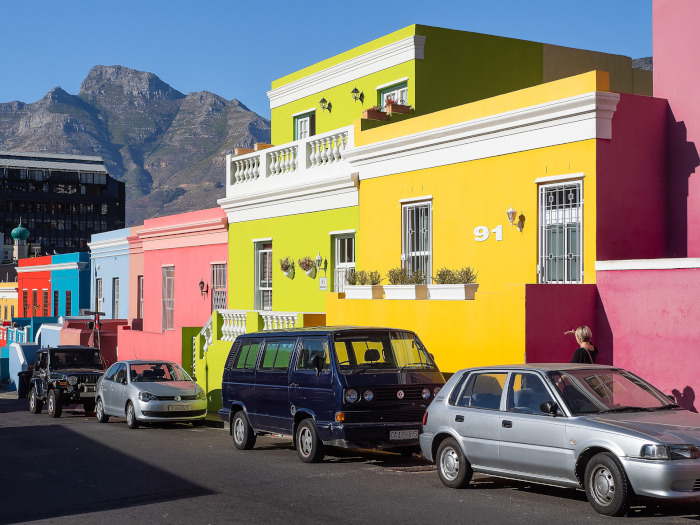Naming the Bo-Kaap a Heritage Protection Overlay Zone (HPOZ) will potentially impact property owners in the area in an effort to ensure that its architecture, culture and heritage is preserved.
Mayoral Committee Member for Spatial Planning and Environment Marian Nieuwoudt is encouraging property owners in the proposed HPOZ zone to read through a detailed guideline by the committee to understand the possible impacts.
“The public participation process for the proposed HPOZ for the Bo-Kaap area commenced last week Friday. I’m urging property owners, in particular, to read the guideline document so that they can understand the impact of the proposed zoning, and to submit their comments to the City before or on 22 February 2019,” she says.
Making a location a HPOZ is done with the intention of conserving the neighbourhood’s unique historical character by managing potential development there in a sustainable and considerate manner.
Base zoning is applicable to all land units in the city and determines what the land can be used for and how it may be developed. The HPOZ will create development rules in addition to the base zoning.
This means development applications for properties in the HPOZ will be critically assessed with a focus on the possible impact the proposed development could have on the heritage value of the building, site and area.
Nieuwoudt says that at least 615 properties in the Bo-Kaap will be affected by the proposed HPOZ.
“In other words, the heritage value of these properties must be protected and enhanced when owners want to undertake alterations, restorations, and general maintenance.”
The HPOZ laws will not prevent development entirely, but new development of open land in the Bo-Kaap will have to be decided against the impact it may have on the heritage of the area.
Buildings and open sites in the Bo-Kaap considered to be the bulk of the heritage resources have been labelled as Grade III and must be managed by the City.
If the HPOZ is approved, the following will apply to property in the area:
1. Grade IIIA properties have high heritage significance, architectural value and are directly associated with the socio-historical story of the Bo-Kaap.
2. Grade IIIB properties are described as landmark buildings or spaces, which are common in the Bo-Kaap.
3. Grade IIIC properties are typical examples of Bo-Kaap architecture that create setting, character and context of the neighbourhood.
4. Potential Grade III structures which are older than 60 years and appear dilapidated could be rehabilitated and restored to improve their heritage value.
In order to determine if their property or land has heritage value, owners or residents can access a heritage data base here, send an email to [email protected] about it or contact the Environment and Heritage resource Information centre on 021 487 2012.
Nieuwoudt explains that the majority of the property in Bo-Kaap is Grade IIIC and that property owners will not be allowed to install solid high boundary walls that isolate the property from the streets.
“These are, among others, the bright-coloured terrace houses that are iconic and characteristic of the Bo-Kaap. These houses, known as huurhuise, give visitors a rare glimpse of city living where boundary walls are mostly absent and neighbours and children are still mingling in the street.”
Some actions will not require City approval, “for example, normal gardening activities that don’t include the removal of mature trees or hedges. Minor maintenance such as repainting, but this doesn’t include the painting of decorative features such as stone, metal, ceramic, and unpainted wood that form part of the historical building. Or, internal alterations that aren’t visible from the outside as long as these don’t affect the structural soundness of the building.”
Owners of property in a HPOZ are expected to conserve the area’s historical character by doing alterations to ensure the original style and character are maintained or enhanced.
“This may sound very complicated and some property owners may feel overwhelmed or even confused. But the City has heritage professionals at all of the Spatial Planning district offices who will assist and advise homeowners and this advice is free of charge.”
The HPOZ will extend to the Table Mountain National Park, including the northern green verges to the north-west of Strand Street and in Buitengracht between intersections of Carisbrook and Strand Street.
Also read: Bo-Kaap heritage process may take years
Picture: Pixabay






